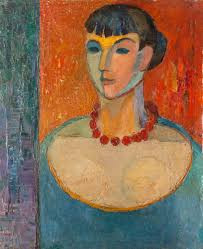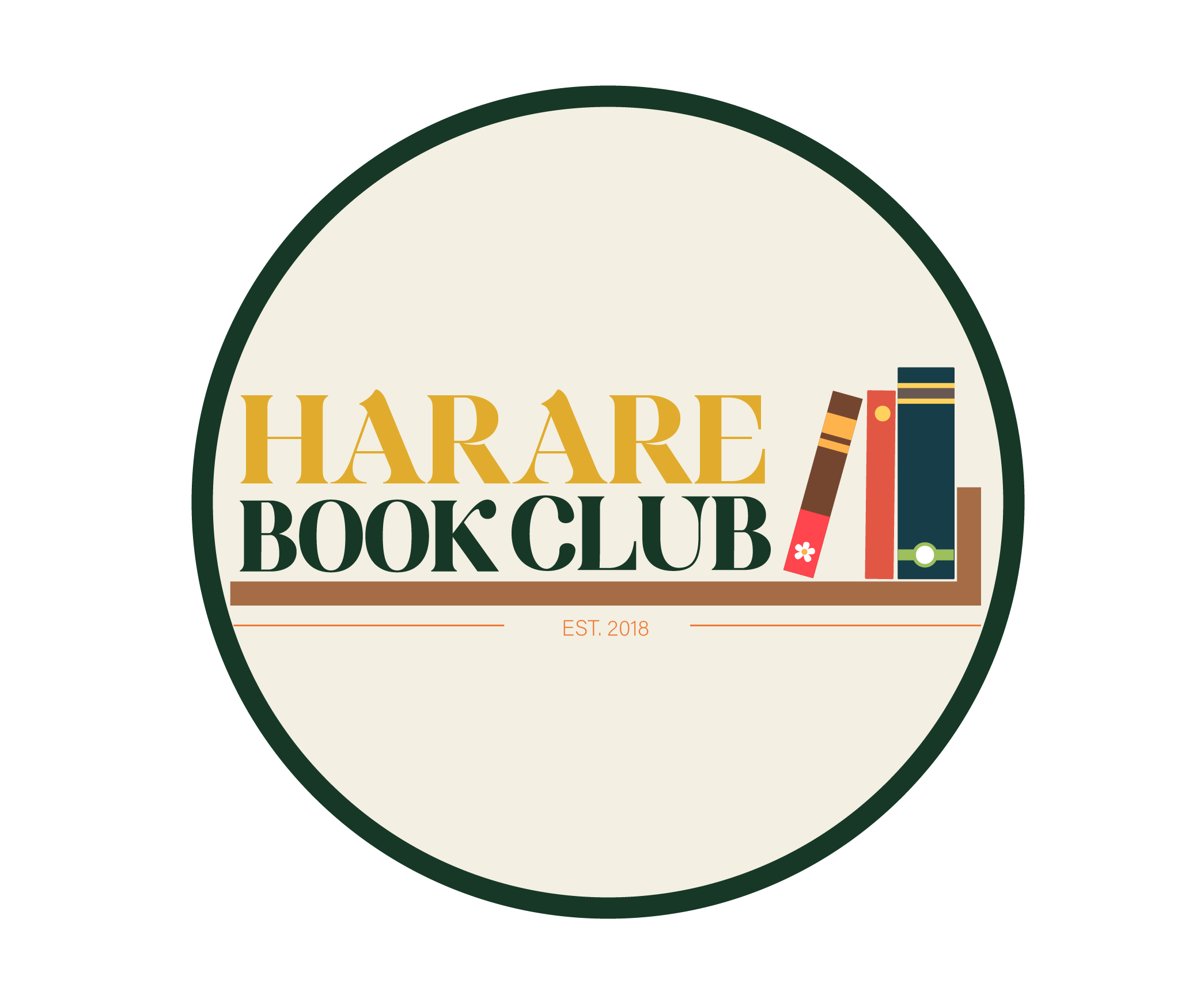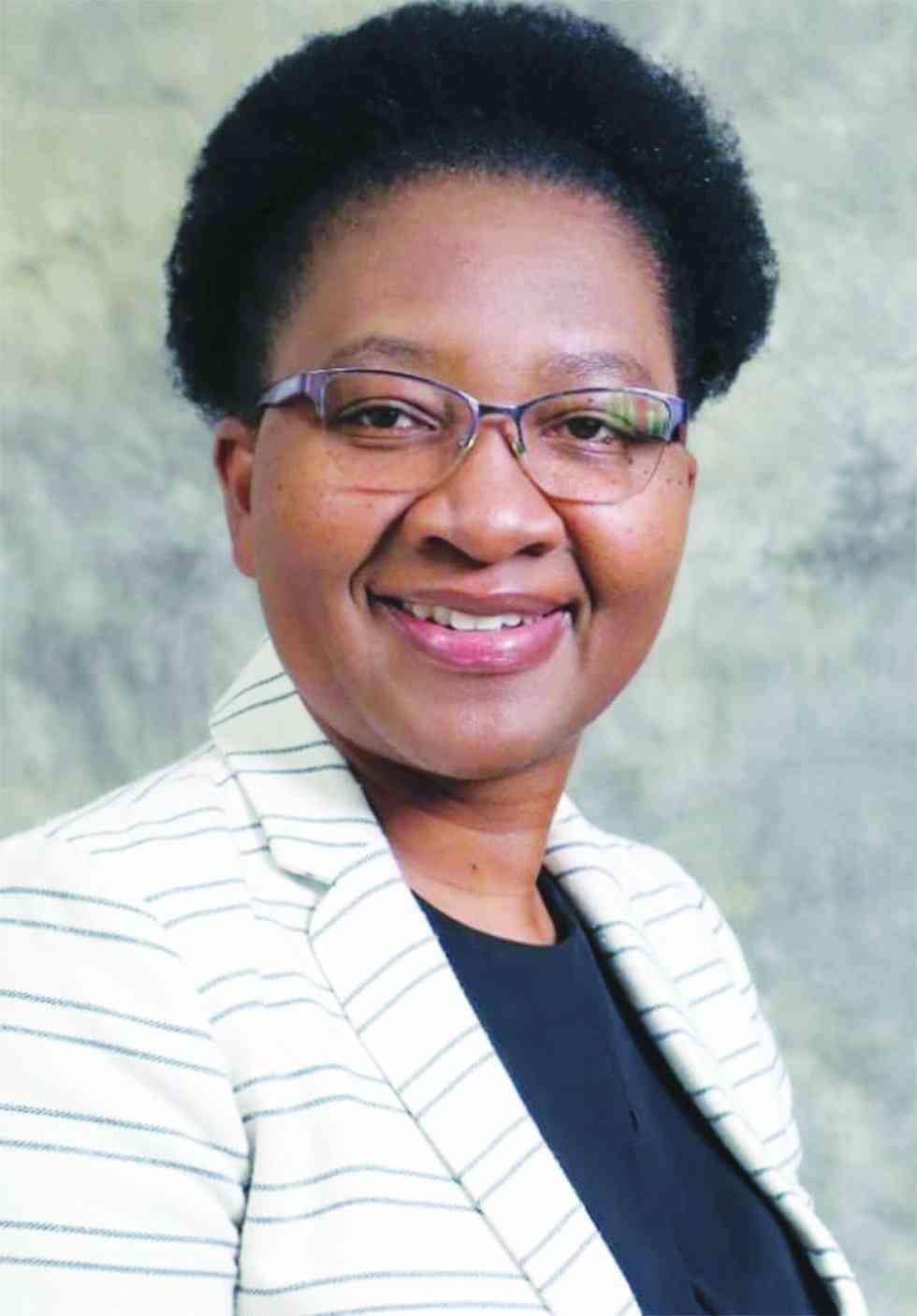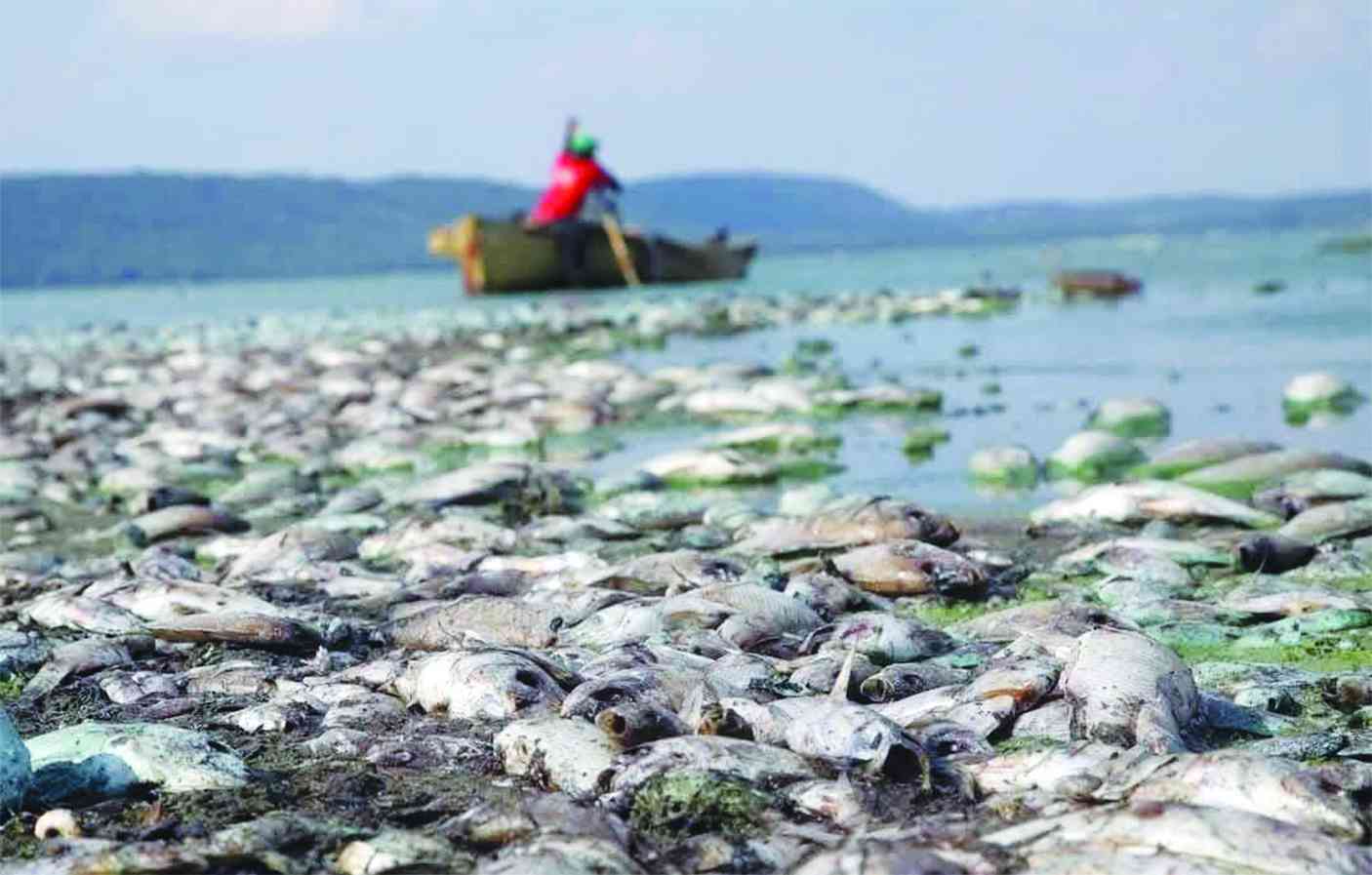
THE National Gallery of Zimbabwe (NGZ) last week hosted the global premiere of Renaissance Man: A David Chudy Retrospective, which is now on display in the gallery until August 5. It is a collection of never-before-seen artworks by David Chudy (1916-1967). The exhibition features over 250 works of the multifaceted artist, photographer, sculptor and self-taught scientist. Chudy fled his native Poland, arriving in Africa before the beginning of World War II. He settled in Northern Rhodesia (now Zambia) in the 1930s and later moved to Southern Rhodesia (now Zimbabwe) in 1947. His iconic sculptures, including the giant praying mantis, chameleon, tortoise, snail and pangolin, are showcased outside the Zimbabwe Museum of Human Sciences in Harare and other public buildings. Chudy’s son Philip, an artist and photographer, has researched his father’s legacy and produced an art book titled David Chudy (1916-1967) Paintings – Sculpture – Photographs. Our arts reporter Khumbulani Muleya (KM) recently had a conversation with Philip Chudy (PC) from his San Francisco base, in the United States where he lives, for an insight into the ongoing exhibition and the legacy of his father. Below are excerpts of the interview:
KM: Philip, we recently witnessed the exhibition opening of artworks created by your father. Your artbook is a wonderful tribute to his legacy. As you delved into your father’s life and art, what were some of the most fascinating or captivating discoveries you made about his creative process, inspirations, or personal experiences that surprised you or deepened your understanding of his work?
PC: The biggest discovery that I made was really understanding the guy a bit more because I grew up with him at a certain stage in his life and there was a life that he had before that, now that I am trying to research it, I find out what brought him to this position.
The inspiration and experiences of his work were around all the time, I don’t think that I have discovered anything much newer in terms of the actual compositions and the way he created his work, I think that just slipped into me when I was a child, but one the most basic things is that I thought of him as quite a private person and a fairly shy person later in life, who was sociable to people who came to visit, but not really interested in showing off to the world.
So one of the biggest things that I have discovered is this pile of negatives (photographic film) which are now featured in the exhibition as a slideshow. These are pictures that he took. I had never seen these pictures. I never knew they existed.
KM: What sparked your interest in this research and what drove you to create an artbook about his work?
PC: Part of the answer is that I knew nothing about the guy really, I mean, I knew him intimately, he and all his brothers told nothing about their previous life, the family was murdered in the war, but none of them spoke anything about it.
In contrast, my mother told me everything and wrote big records of her childhood and her experiences and adventures. I then thought well, here is somebody whom I should know something about. I didn’t know which town he came from, I still don’t know exactly how many in his family.
- Daily life struggles reflected in Burning Figure
- Baker’s art work inspired by personal experiences
- NGZ to honour winning finalists
- Stage set for visual arts awards ceremony
Keep Reading
About making an artbook, I grew up in a house, actually I donated most of or almost all the artbooks that were left behind, to the National Gallery of Zimbabwe. There were a huge pile of art books. I grew up looking through books, artbooks, it was an education for me.
KM: You are an artist and photographer. In what ways has exploring your father’s work influenced your own artistic practice and inspiration?
PC: Most people ask “were you influenced by your father?”, and the simple answer to that is absolutely. Most of my aesthetic I picked up from him, even though I wish to depart in different directions. I suppose the one thing that has influenced me was that he was free as an artist because he didn't sell his work, he didn't have an audience, he didn't try to please anybody. So that struck me as being a fairly pure place to be as an artist.
KM: What was it like growing up with a multifaceted artist as a father? What are some of your earliest memories? Did his work influence your own creative pursuits from a young age?
PC: That’s one of the things about growing up privileged in Zimbabwe, living in a big house with your own little universe around you. You are not hanging out on the streets that much, therefore whatever happens in your house becomes completely normal to you.
The average people I went to school with, very few of them had any family interest in anything, maybe sports, so it wasn't going to impress anybody that he was an artist. It didn’t really influence me in terms of my peers. The early memories were that he was a friend.
He died when I was 13 years old, so my knowledge of him at the stage where I was starting to become an adult was not so great.
KM: How do you hope your father’s works will be remembered and celebrated in the years to come?
PC: I hope it will be remembered. I mean, that’s why I’m putting in the effort. In terms of celebration, I don’t know, so the thing is that he grew up isolated from the rest of the art world and didn’t mix and didn’t support himself and wasn’t criticised and so he doesn't really have a place. He hasn't been categorised up until now.
My impression is that people who are not really professionals in the art world on the whole, seem to think he was a great artist, maybe it’s some kind of an instinct. If you are a professional and your big question is where does he fit in, what is his category and so on. I don't really know if anybody has a slot for him.
KM: What do you think is the most significant aspect of your father’s legacy and how do you hope to continue sharing that with the world?
PC: At the moment, it’s not a very huge collection of work. It looks a lot, but this is a lifetime’s worth of work. You think of Picasso, who produced tens of thousands of works in his lifetime. I have just begun to realise that there are quite a few of the famous artists who only produced 150 pictures in their life, so not everybody produced thousands of works, but for the moment while all of this work is available and in one place is a good opportunity to be able to have comprehensive shows with it.
What I am hoping is that after this exhibition, other places would be interested in showing them in one go.










